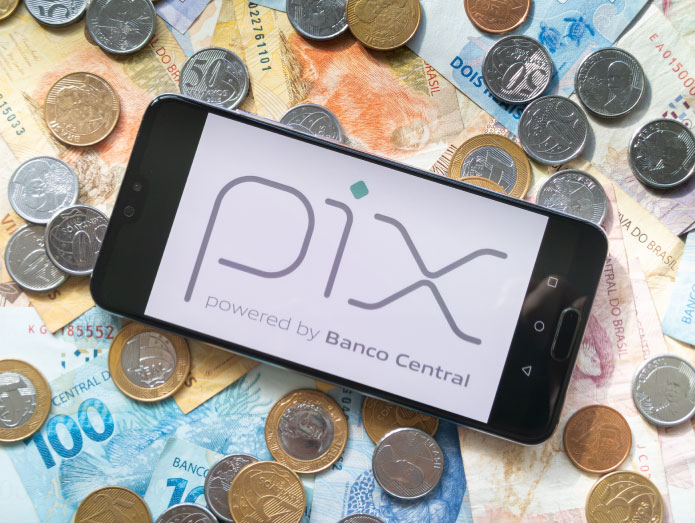The Automatic Pix will revolutionize how the market handles recurring payments in Brazil, and payment orchestrators play a key role in this scenario. Unlike direct integration with banks — often complex and limited — these gateways offer an agile and efficient solution, allowing businesses of all sizes to access various Automatic Pix providers with a single integration. The flexibility presented not only reduces operational costs, but also ensures greater system resilience.
In the company I lead, for example, the technology constantly monitors provider performance, automatically switching to an alternative provider in case of instability — a critical differentiator for businesses that rely on predictable receivables, all without any impact or action required by the end customer.
Challenges and differentiators of Automatic Pix
One of the biggest technical challenges of Automatic Pix is handling situations where the payer has insufficient balance or when the amount exceeds the predefined limit. The system makes up to three collection attempts on alternate days within a seven-day window after the scheduled date, significantly increasing the chances of success. When even then the payment is not completed, it’s essential to communicate with the customer and offer alternatives such as payment links with credit card or NuPay options. This approach not only minimizes defaults, but also improves user experience, who can choose the most convenient way to settle the debt.
Now, when compared to traditional methods, the competitive advantages of Automatic Pix are evident. While bank slips require manual action from the payer with variable costs ranging from R$1.50 to R$9.00 per transaction, Pix is settled instantly, 24/7, including weekends and holidays — a stark contrast to the two to seven business days of bank slips or 30 days of credit cards. For high-value payments like rent or school fees, the savings on fees are even more significant compared to the percentages charged by cards. Automatic debit, in turn, faces the complexity of specific bank integrations. Thus, Automatic Pix emerges as a cheaper, faster, and more efficient alternative, especially for optimizing cash flow.
In fact, sectors like education, utilities, and subscriptions have greater potential for adopting the method, but any periodic payment can benefit. It’s important to note that while new businesses adopt Automatic Pix as their first option, migrating established bases will be gradual — especially relevant for companies with low-value payments, where fee savings prove more impactful.
Security is another differentiator: each transaction is authenticated by the payer’s bank with a password or biometrics. This ensures that whoever authorizes the Automatic Pix is indeed the owner of the bank account used. It also allows the payer to set a maximum limit for the charge, which automatic debit and traditional credit card payments typically don’t offer.
Payment method that complements
In the future, Automatic Pix is likely to complement credit cards (which remain attractive for benefits like points), but will progressively replace bank slips and automatic debits. Beyond recurring payments, applications like rent and pro-labore also benefit.
For small businesses still hesitant, the message is clear: the savings on fees and improved cash flow from immediate settlement are competitive advantages that no entrepreneur can ignore. Automatic Pix isn’t just a technological evolution, it’s the new foundation for efficient financial management in Brazil.


